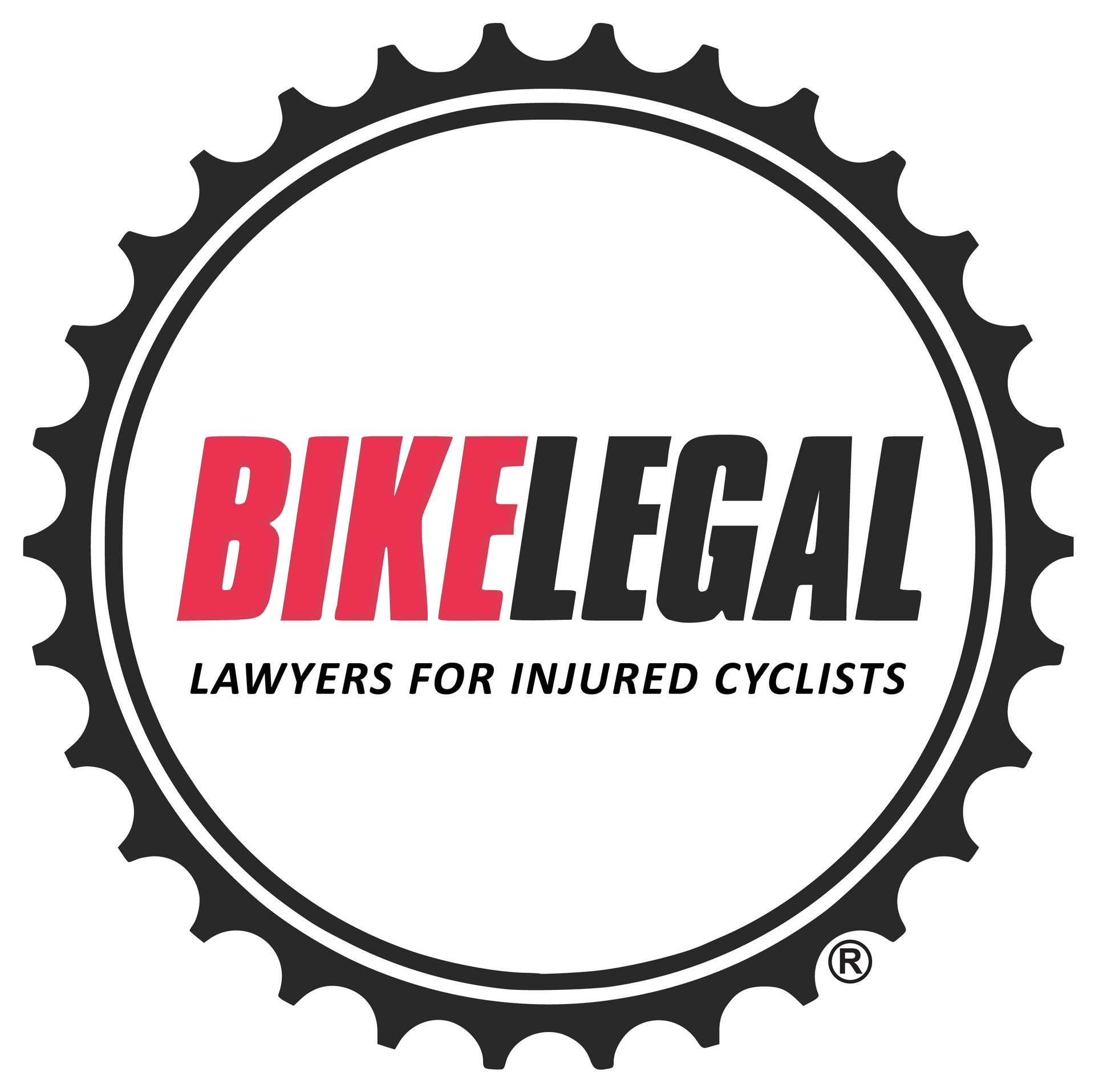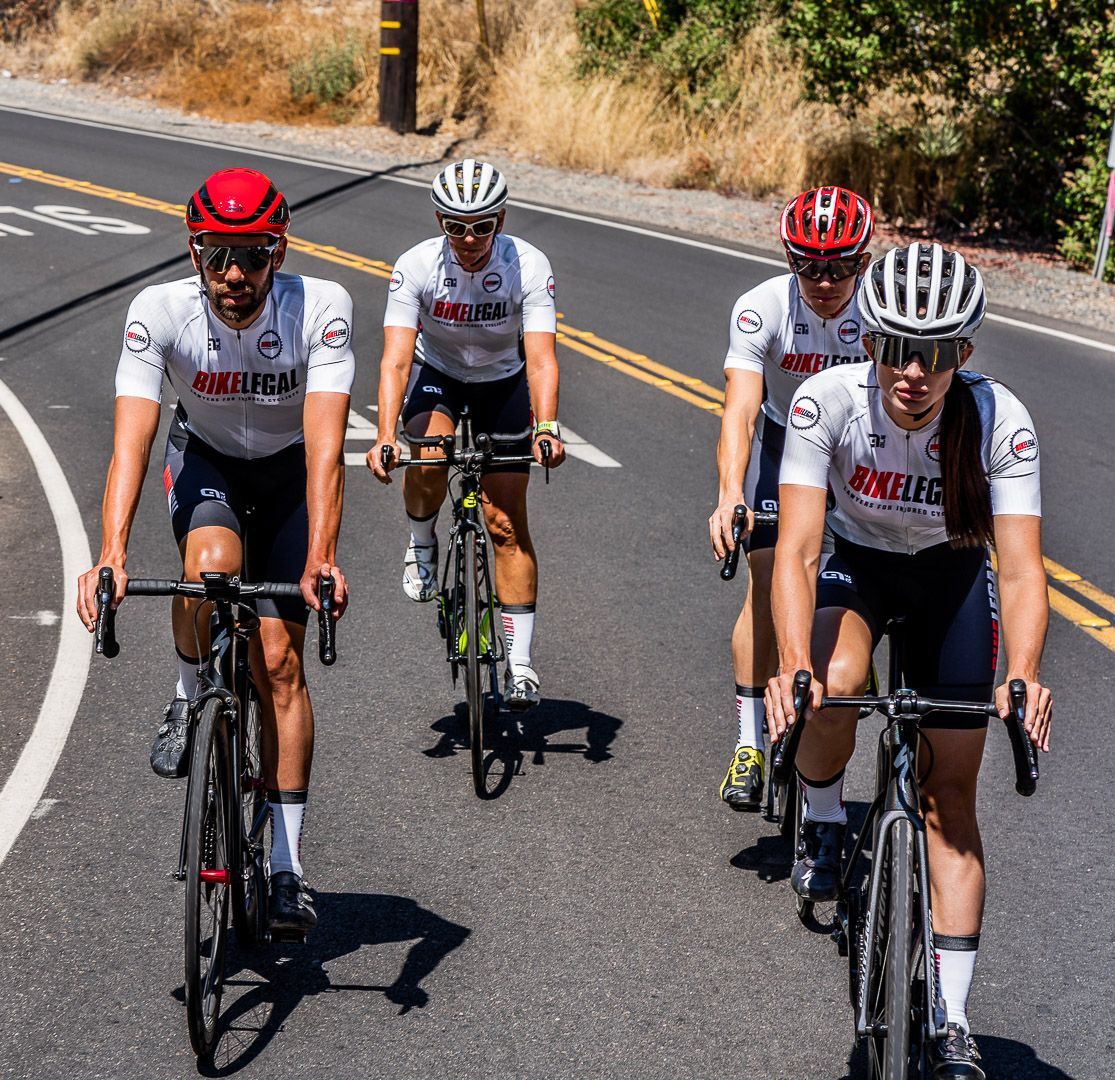Idaho Bicycle Laws: Comprehensive Guide to Cycling Rules, Safety, and Rights
Follow us on
social media!
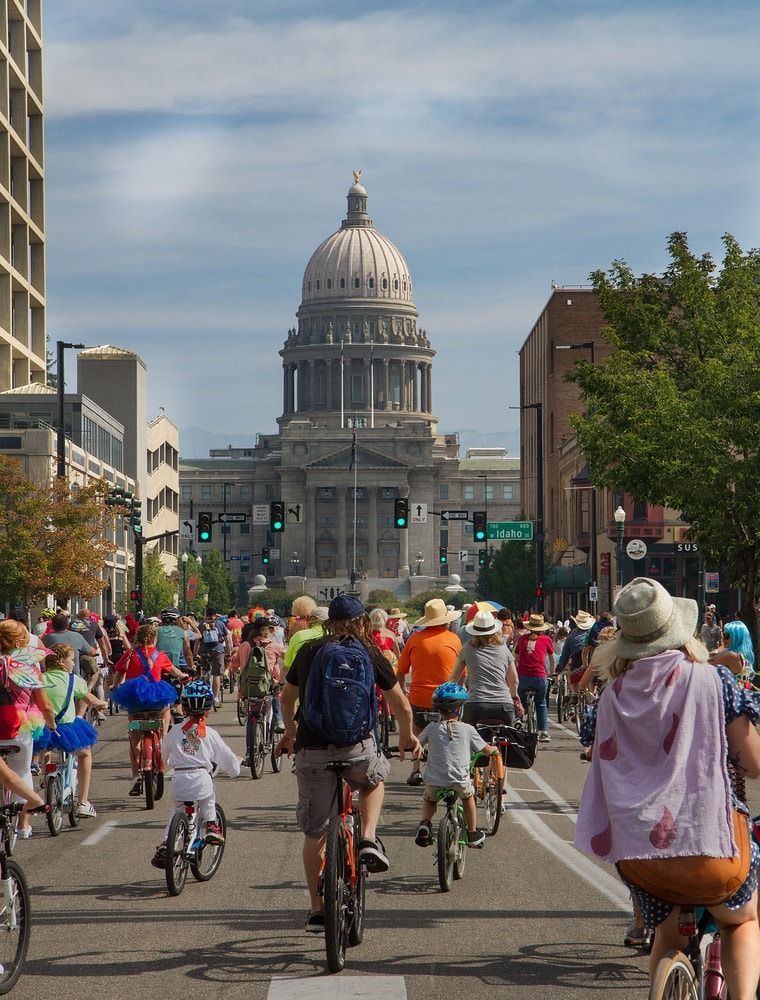
Understanding Idaho’s bicycle laws is key to riding safely and legally across the state. Known for its progressive approach, including the influential "Idaho Stop Law," the state sets a national example.
This guide covers essential cycling rules, e-bike regulations, helmet use, safe passing laws, and steps to take after an accident. Whether you're a local or visiting cyclist, it ensures you're informed and prepared.
In this comprehensive guide to Idaho’s bicycle laws, we’ll explore:
- Laws for Bicyclists in Idaho: Key rules for road positioning, signaling, and sidewalk riding.
- The Idaho Stop Law: An innovative law allowing cyclists to treat stop signs and red lights differently.
- Additional Rules for Cyclists: Helmet use and cycling under the influence
- Safe Passing Laws: Requirements for motorists overtaking cyclists.
- E-Bike Regulations: Classifications, where they can be ridden, and equipment requirements.
- What to Do After a Bicycle Accident: Steps to protect your safety, rights, and potential claims.
- How a Bicycle Attorney Can Help: Legal support for cyclists involved in accidents or disputes.
IDAHO Bicycle Laws and Legislation

Idaho’s bicycle laws are essential for any cyclist wanting to ride safely and legally. Whether you're biking in downtown Boise or the backroads of Coeur d'Alene, knowing these rules is crucial for your safety and legal protection.
1. Cyclist's Rights and Due Care in Idaho
Idaho law (§ 49-714) states that cyclists have the same rights and responsibilities as motor vehicle drivers. Cyclists must exercise "due care," meaning they should be cautious and mindful of others on the road.
This rule is meant to ensure that cyclists and motorists interact safely and predictably on shared roads.
2. Riding on Bicycles in Idaho
Idaho law (§ 49-715) outlines specific guidelines for riding bicycles to ensure safety and proper use:
- Use of a Proper Seat:
Cyclists must ride only on an attached, permanent, and regular seat designed for the bicycle. This helps maintain stability and safety while riding. - Carrying Passengers:
A bicycle may not carry more people than it is designed and equipped for. For example, a single-seat bicycle should not carry multiple riders unless modified appropriately. - Carrying Children:
Adult riders may carry a child if the child is securely attached:
- In a backpack or sling worn by the rider.
- In a child carrier specifically designed for attachment to the bicycle.
These rules ensure that bicycles are used safely and responsibly, reducing the risk of injury to riders and passengers.
3.Clinging to or Following Vehicles
Idaho law (§ 49-716) prohibits certain behaviors to ensure the safety of cyclists and other road users. Key provisions include:
- No Clinging to Vehicles:
Cyclists are not allowed to attach themselves or their bicycle to any motor vehicle on a roadway. This rule prevents dangerous situations where a sudden stop or turn could result in injury. - Bicycle Trailers:
The attachment of bicycle trailers is permitted, provided the trailer is specifically designed for use with a bicycle. This exception allows for the safe transportation of cargo or passengers, such as children, when proper equipment is used. - Safe Following Distance:
Cyclists must not follow vehicles so closely that it creates an immediate hazard. Maintaining a safe distance ensures the rider has time to react to sudden stops or changes in speed, reducing the risk of collisions.
These regulations prioritize safety by discouraging risky behaviors and promoting the responsible use of bicycles and related equipment on Idaho’s roads.
4. Position on the Roadway for Idaho Cyclists
Idaho law (§ 49-717) specifies where cyclists should position themselves when riding on roadways. Cyclists traveling slower than the flow of traffic must ride as close as practicable to the right-hand curb or edge of the road.
However, there are exceptions that allow cyclists to move away from the right-hand curb, including:
- Overtaking and Passing: When passing another bicycle or vehicle traveling in the same direction.
- Preparing for a Left Turn: When getting ready to make a left turn at an intersection, private road, or driveway.
- Avoiding Hazards: When necessary to avoid dangers such as fixed or moving objects, parked or moving vehicles, pedestrians, animals, surface hazards, or narrow lanes that make it unsafe to ride near the curb.
On one-way streets with two or more marked traffic lanes, cyclists may ride near the left-hand curb or edge of the roadway if it is more practicable.
These rules ensure that cyclists maintain their safety while navigating roadways effectively alongside motor vehicles.
5. Riding Two-Abreast in Idaho
Idaho law (§ 49-718) permits cyclists to ride two abreast on highways, but with specific limitations:
- Maximum of Two Abreast: Cyclists may not ride more than two abreast unless they are on paths or sections of highways designated exclusively for bicycle use.
- Traffic Considerations: When riding two abreast, cyclists must ensure they do not impede the normal and reasonable movement of traffic.
- Stay in a Single Lane: On laned roadways, cyclists riding two abreast must remain within a single lane.
This law allows cyclists to ride side by side while ensuring they share the road responsibly with other users.
6. Carrying Articles on a Bicycle in Idaho
Idaho law (§ 49-719) ensures that cyclists maintain full control of their bicycles at all times. According to this regulation:
- Cyclists are prohibited from carrying any package, bundle, or article that prevents them from keeping at least one hand on the handlebars.
This rule emphasizes the importance of being able to steer and brake effectively to avoid accidents and respond to road hazards. Cyclists carrying items should use backpacks, panniers, or other secure methods that do not interfere with their ability to safely operate the bicycle.
7. Stop Signs and Stop Lights: The Idaho Stop Law
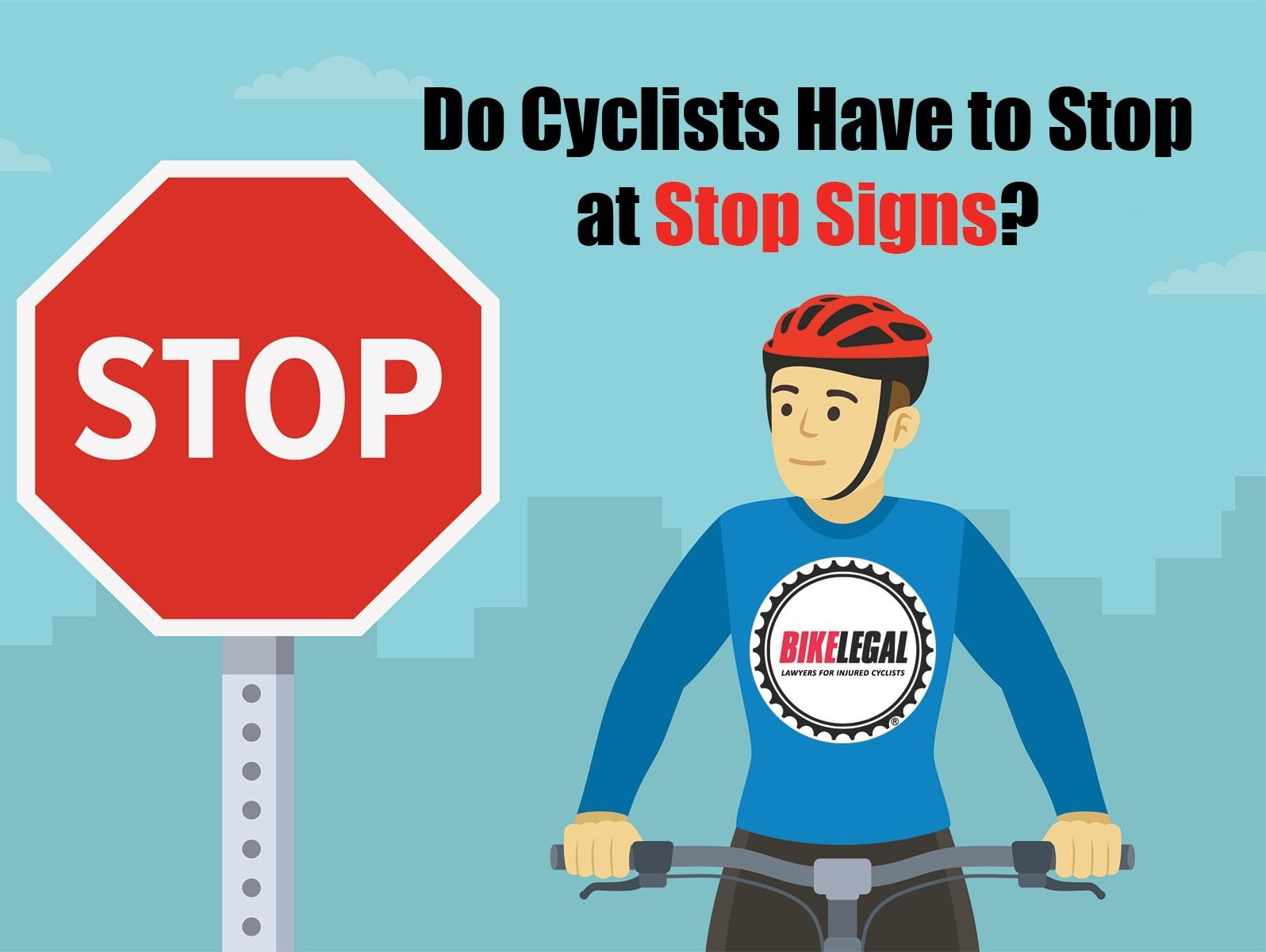
The Idaho Stop Law, codified in § 49-720 of Idaho law, was a groundbreaking piece of legislation that allows cyclists to treat stop signs as yield signs and red lights as stop signs under specific conditions. Enacted in 1982, Idaho was the first state in the nation to adopt this innovative approach, which has since become a model for cycling legislation across the country.
What is the Idaho Stop Law?
The Idaho Stop Law allows cyclists to:
- At Stop Signs: Slow down, yield to vehicles or pedestrians if necessary, and proceed without a full stop if the way is clear.
- At Red Lights: Stop completely, yield to traffic, and proceed cautiously when safe. Cyclists may also turn right or left onto a one-way street after stopping.
Why Was It Created?
The law recognizes that stopping and restarting is more effortful for cyclists and can reduce safety and efficiency. It aims to:
- Minimize unnecessary stops.
- Improve traffic flow.
- Promote safer, more predictable behavior at intersections.
Benefits for Cyclists and Motorists
- For Cyclists: Reduces strain, maintains momentum, and encourages safety.
- For Motorists: Reduces wait times and potential cyclist-driver conflicts.
Idaho’s Leadership and Influence
Idaho’s Stop Law has inspired similar legislation in states like Delaware, Colorado, and Oregon, reflecting its foresight in balancing safety and efficiency for cyclists and motorists. It stands as a model of progressive cycling policy, promoting safer, more harmonious road-sharing nationwide.
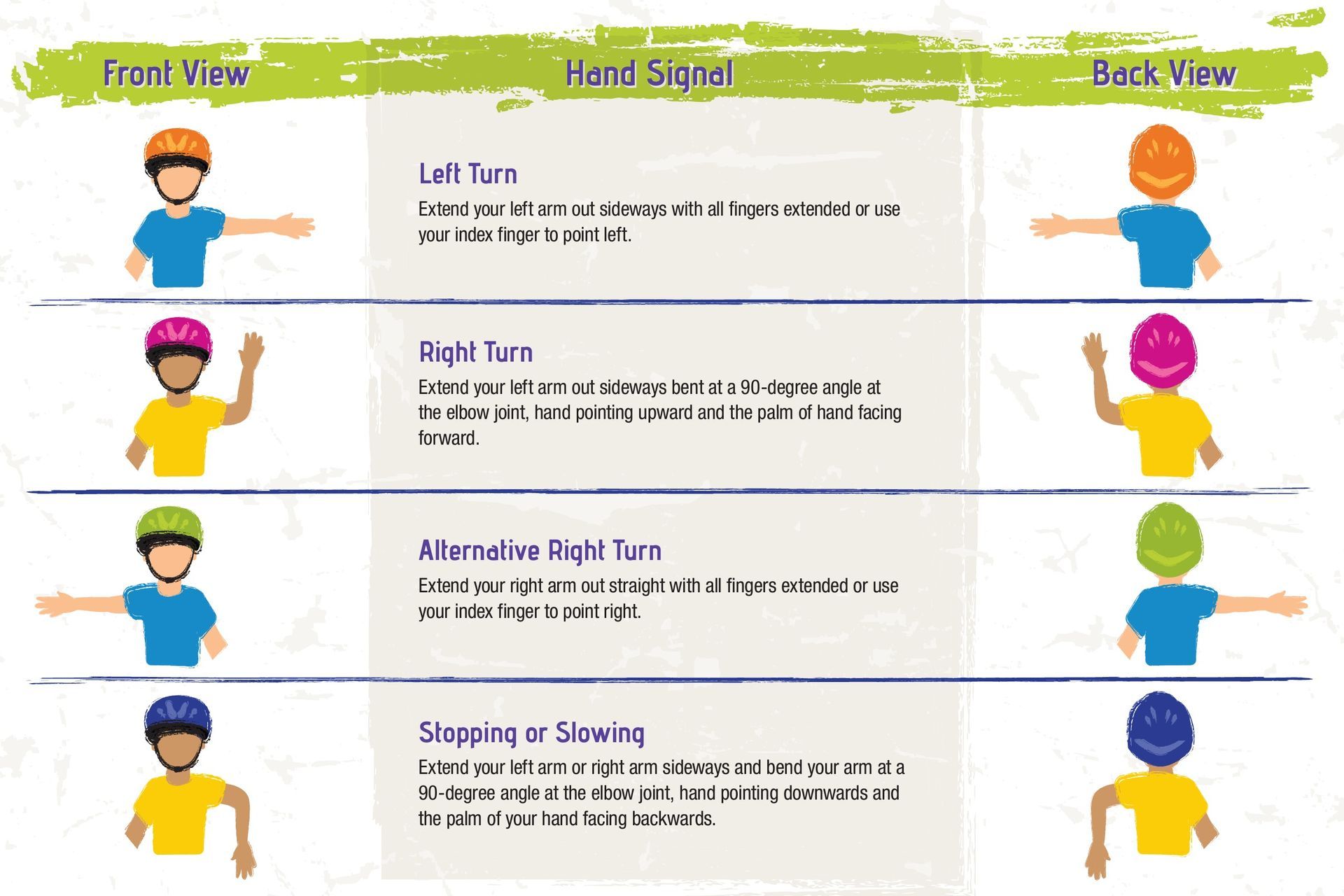
Idaho law § 49-720 requires cyclists to signal their intention to turn right or left during the last 100 feet before making the turn. This ensures that other road users are aware of the cyclist's movements, reducing the likelihood of collisions.
However, there is an important exception:
- If a cyclist needs both hands for control or operation of the bicycle—such as in cases of rough terrain, braking, or maintaining stability—a hand signal is not required.
This rule balances safety and practicality, allowing cyclists to prioritize control of their bike while still emphasizing the importance of communication with other road users when possible.
9. Bicycles on Sidewalks in Idaho
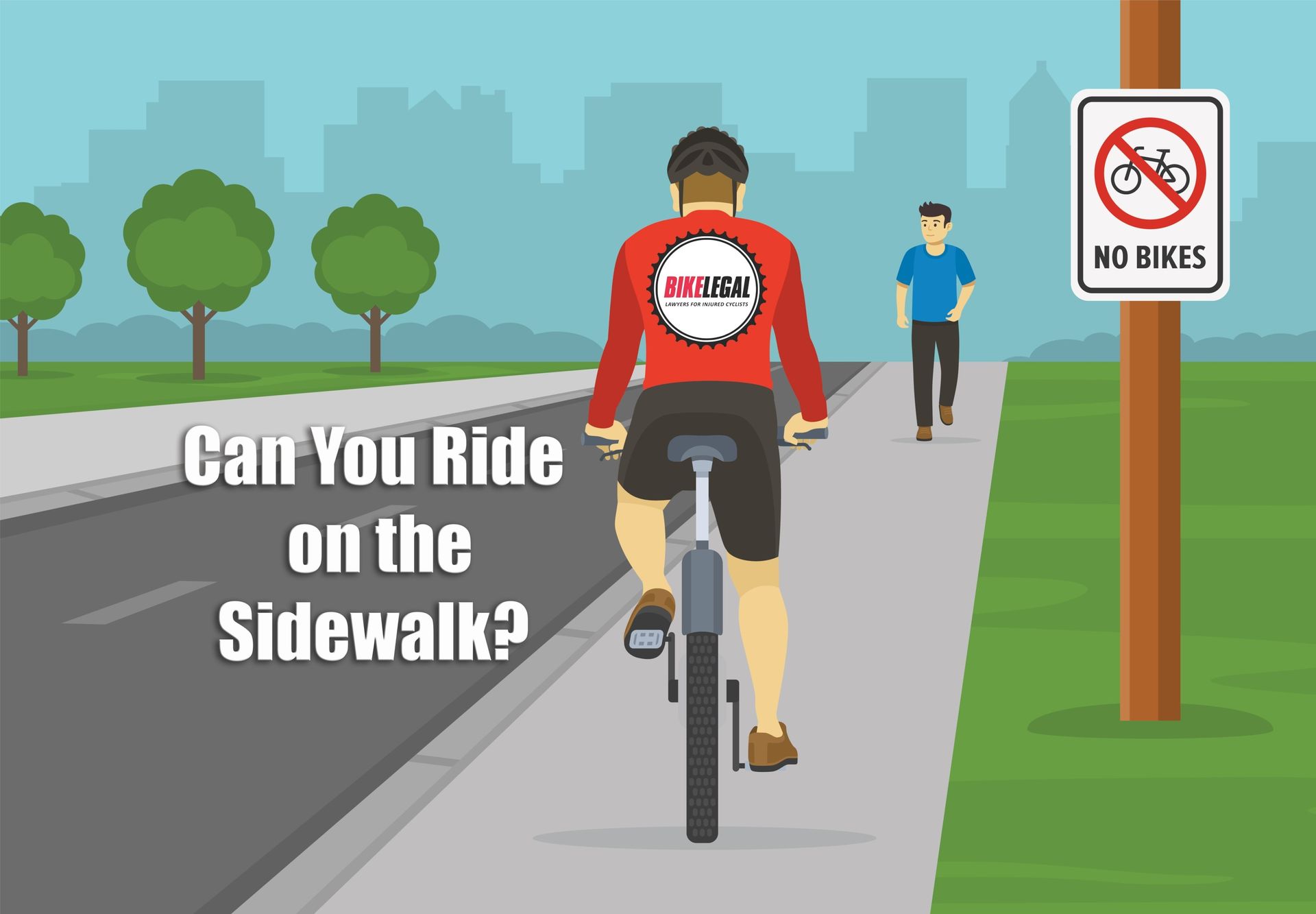
Idaho law (§ 49-721) outlines specific rules for cyclists using sidewalks and crosswalks to ensure the safety of all road and path users:
- Yielding to Pedestrians:
Cyclists riding on sidewalks or crossing roadways in crosswalks must yield the right-of-way to pedestrians. Additionally, they are required to give an audible signal, such as ringing a bell or calling out, before overtaking and passing pedestrians or other cyclists. - Prohibited Areas:
Cyclists may not ride on sidewalks or use crosswalks in areas where official traffic control devices prohibit bicycle use. It is important for cyclists to observe signage and follow local ordinances.
10.Safe Passing Laws in Idaho
Idaho lacks specific safe passing laws for bicycles. General rules (§ 49-632) require motorists to pass on the left and return only when clear but do not define a “safe distance,” leaving safety to individual judgment, which can put cyclists at risk.
Safe Passing Laws in Other States
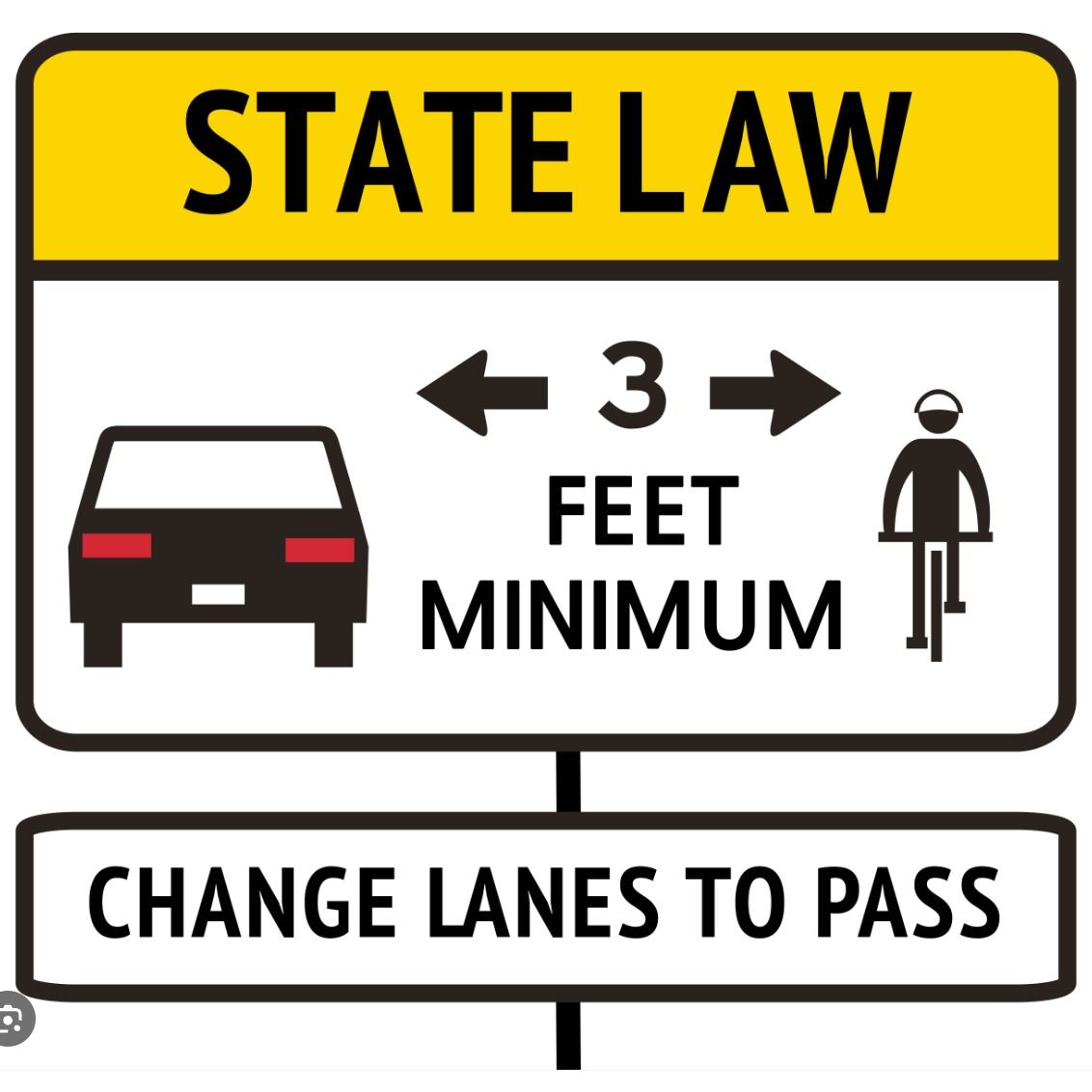
Many states, including California with its OmniBike Bill, have adopted laws to improve cyclist safety. The Three Feet Law mandates at least three feet of clearance when passing, while California requires lane changes, reducing sideswipe collisions and wind turbulence.
Pro Tips for Passing Cyclists:
- Slow Down: Approach cyclists at a controlled speed.
- Allow Space: Leave at least three feet of clearance or change lanes when possible.
- Merge Carefully: Ensure you’ve fully cleared the cyclist before returning to your lane.
- Be Patient: Wait for adequate space to pass safely.
- Stay Alert: Expect cyclists to move laterally to avoid hazards.
11. Bicycle Racing on Idaho Roads
Idaho law (§ 49-722) regulates bicycle racing on highways to ensure safety for participants, spectators, and other road users.
The law allows for organized racing events under specific conditions:
1. Prohibition Without Authorization:
- Bicycle racing on highways is generally prohibited unless authorized under this section of the law.
2. Approval of Events:
- Racing events must be approved by the Idaho Department of Transportation or local law enforcement authorities responsible for the specific roadway.
- Approval is contingent on meeting conditions that ensure reasonable safety for all participants and spectators while minimizing disruption to traffic flow.
3. Traffic Law Exemptions:
- Participants in approved racing events may be exempt from certain traffic laws, such as those governing lane use or speed, as long as:
- The event agreement explicitly allows such exemptions.
- Adequate traffic control measures are in place to protect all road users.
By requiring official approval and strict safety measures, Idaho balances the promotion of organized bicycle racing with the need to maintain safety and traffic efficiency on public highways.
12. Lights and Reflectors Required at Night
Idaho law (§ 49-723) mandates specific lighting and reflector requirements for bicycles used during nighttime or low-visibility conditions.
These rules are designed to enhance visibility and safety for cyclists using bike lights like a forward-facing white light and a steady red light for other road users:
1. Front Light:
- Bicycles must be equipped with a light-emitting device visible from a distance of at least 500 feet.
- The light can be attached to either the bicycle or the rider.
2. Rear Reflector:
- Bicycles must also have a rear reflector that is clearly visible to vehicles approaching from behind.
By ensuring cyclists are properly illuminated, this law helps prevent accidents and ensures safer interactions between cyclists, motorists, and pedestrians on Idaho's roads.
E-Bikes: Laws, Rules, and Regulations in Idaho
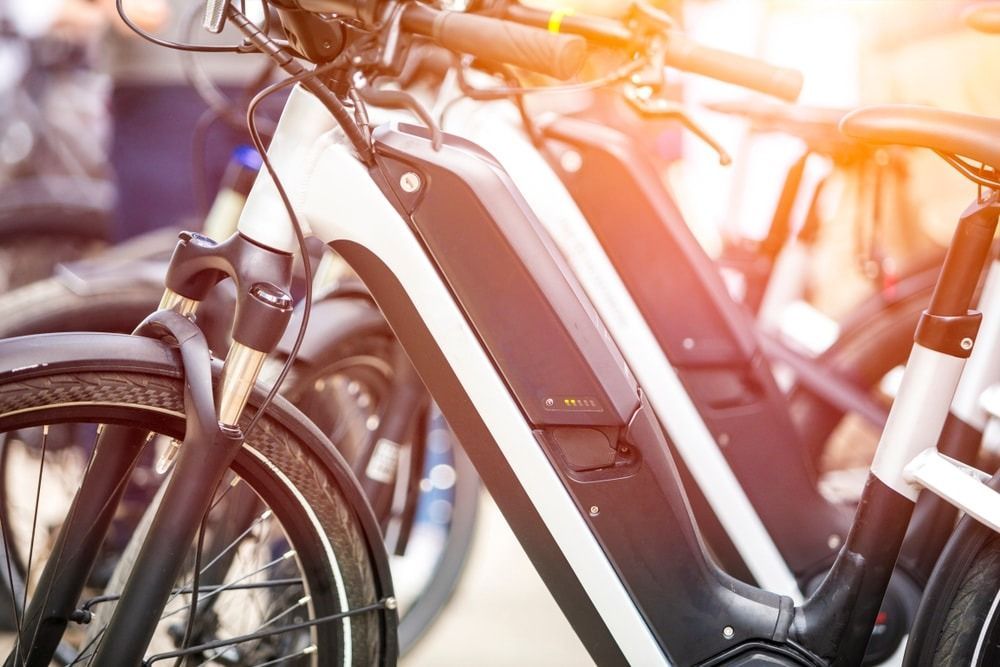
Idaho recognizes the growing popularity of electric-assisted bicycles (e-bikes) and has clear laws regulating their use. These laws are designed to ensure safety while maintaining accessibility for riders. Below is a detailed breakdown of e-bike classifications, usage regulations, and requirements based on Idaho law.
E-Bike Classifications (§ 49-106)
E-bikes are defined as bicycles with fully operable pedals and an electric motor of less than 750 watts. They are categorized into three classes:
1. Class 1 E-Bike:
- Pedal-assist only.
- Motor provides assistance while pedaling but ceases when the rider stops pedaling or reaches 20 mph.
2. Class 2 E-Bike:
- Throttle-actuated.
- Motor can propel the bicycle without pedaling but ceases assistance at 20 mph.
3. Class 3 E-Bike:
- Pedal-assist only.
- Motor provides assistance up to 28 mph and stops when pedaling ceases.
These classifications help differentiate e-bikes from traditional bicycles and motorized vehicles, ensuring proper regulation based on their speed and functionality.
Where E-Bikes Can Be Ridden in Idaho
Idaho’s laws specify where e-bikes are allowed, with some variations based on their class:
1. General Usage:
- E-bikes can be ridden on public roads, bike lanes, and multi-use paths unless restricted by local ordinances or signage.
2. Class-Specific Restrictions:
- Classes 1 and 2: Typically allowed on bike paths and multi-use trails.
- Class 3: May be restricted from certain trails, particularly those designated for non-motorized use.
3. State and Federal Lands:
- State parks generally permit e-bikes, but local regulations may vary.
- Federal lands often classify e-bikes as motorized vehicles, limiting access to certain trails.
Equipment Requirements for Idaho E-Bikes
Idaho imposes specific requirements for e-bike equipment to ensure safety and compliance:
- Labeling (§ 49-727):
- E-bikes must have a permanent label indicating:
- Classification (1, 2, or 3).
- Top speed.
- Motor wattage.
- Speedometers:
- Required for Class 3 e-bikes to monitor speeds up to 28 mph.
- Tampering Restrictions:
- Modifying an e-bike to exceed its original speed or wattage classification is illegal.
Rules and Regulations for E-Bike Riders in Idaho
Idaho treats e-bike riders similarly to traditional cyclists, with some specific provisions:
- Rights and Duties (§ 49-725):
- E-bike riders have the same rights and responsibilities as traditional cyclists.
- Riders must comply with all bicycle-specific safety requirements.
- Age Restrictions:
- Riders of Class 3 e-bikes must be at least 15 years old. However, younger riders can be passengers.
- Insurance and Licensing (§ 49-726):
- E-bikes are exempt from licensing, registration, and insurance requirements typically associated with motor vehicles.
Why These E-Bike Laws Matter
Idaho’s e-bike laws balance accessibility and safety. By categorizing e-bikes into distinct classes and specifying where and how they can be ridden, these regulations ensure that e-bikes coexist harmoniously with other road and trail users.
Cycling Under the Influence in Idaho
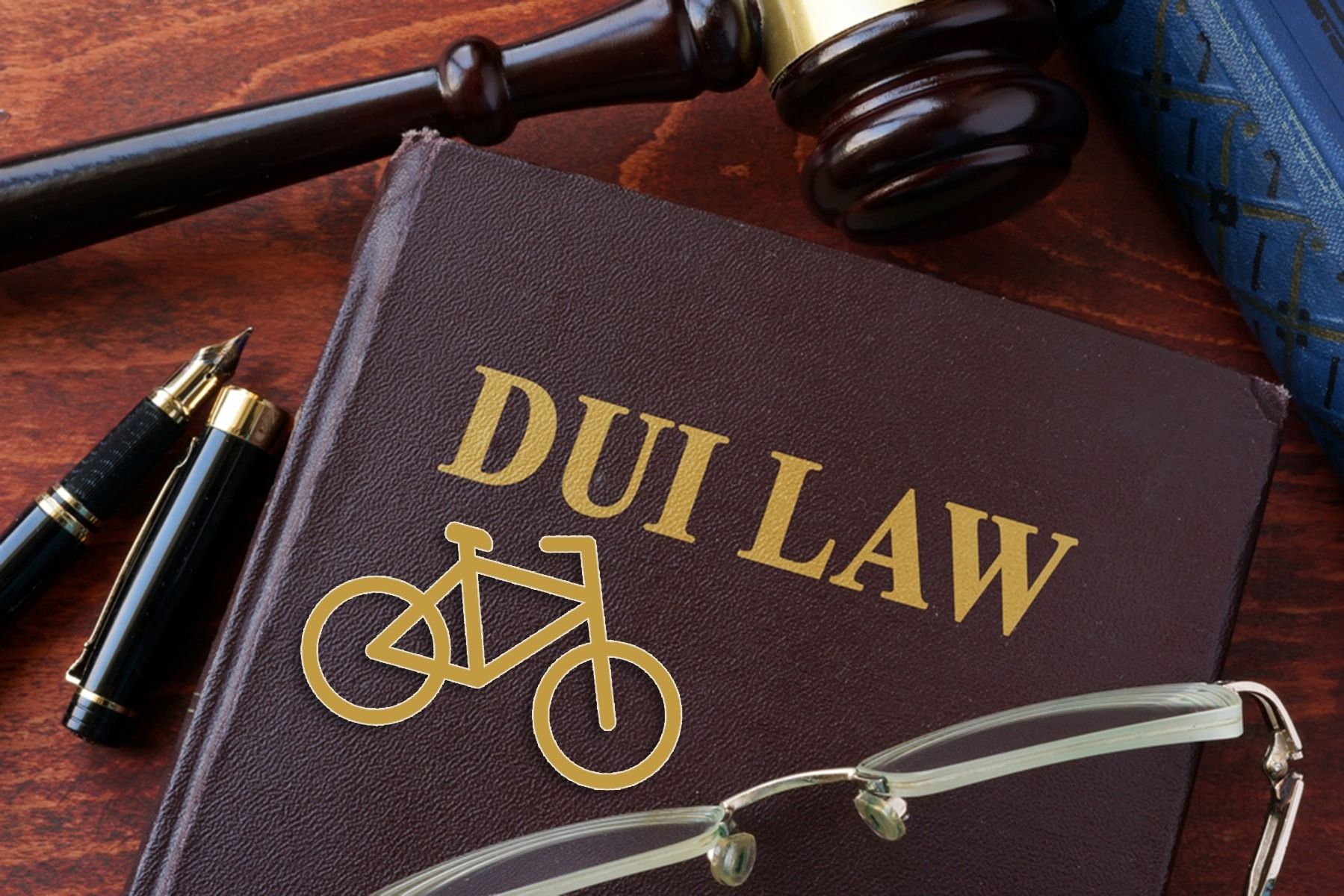
In Idaho, bicycling under the influence of drugs or alcohol is not treated the same as driving under the influence (DUI) in a motor vehicle. While Idaho law specifically excludes bicycles from the definition of a motor vehicle, cyclists are still subject to other laws designed to maintain public safety.
Here’s what you need to know:
No DUI for Bicycles in Idaho
Under Idaho Code § 18-8004 and § 49-123(1)(h), a DUI charge applies only to individuals in "actual physical control of a motor vehicle." Since bicycles are propelled solely by human power, they are explicitly excluded from this definition. This means that you cannot be charged with a DUI while riding a bicycle in Idaho.
Public Intoxication
Although cyclists are not subject to DUI laws, they can still face other charges, such as public intoxication. According to Idaho law, public intoxication is a misdemeanor that can result in fines or even jail time. A person may be convicted of public intoxication if they are found on a public street, highway, or sidewalk while under the influence of alcohol or drugs to the degree that they pose a hazard to themselves or others.
Hazards and Safety Stops for Cyclists in Idaho
Cyclists riding under the influence may attract law enforcement attention if they:
- Create a hazard on public streets or sidewalks.
- Fail to comply with basic safety requirements, such as having a white front light and a red rear reflector , especially when riding at night.
Safety equipment violations may result in stops that lead to further charges if the cyclist is found to be intoxicated.
Risks of Cycling Under the Influence
Even if legal consequences are avoided, riding a bicycle while intoxicated poses significant risks:
- Impaired Judgment and Reaction Time: Alcohol or drug use reduces the ability to detect and respond to changes in traffic or road conditions.
- Increased Crash Risk: Research indicates that alcohol use among cyclists increases the likelihood of crashes, often leading to more severe injuries or fatalities.
- Reduced Helmet Use: Intoxicated cyclists are statistically less likely to wear helmets, increasing their vulnerability to head injuries in a fall or collision.
According to the CDC, approximately one-third of fatal bicycle crashes involve alcohol, either with the cyclist or the motor vehicle driver.
Are Bicycle Helmets Required in Idaho?
Idaho has no statewide helmet law, but some municipalities, like Boise, require helmets for riders under 18. While helmet use isn’t universally mandated, wearing one significantly reduces the risk of head injuries. Cyclists should check local regulations and are encouraged to wear helmets for safety, regardless of legal requirements.
Advocacy and Resources for Cyclists in Idaho
Idaho has several bicycle advocacy groups that help make biking safer and more fun. They do this by teaching people about biking, working with the government, and creating useful tools for cyclists.
Here’s a look at these groups and the resources they offer:
Idaho Bicycle Advocacy Groups
1. Idaho Walk Bike Alliance (IWBA)
- What They Do: IWBA works to make Idaho’s roads safer for walking and biking. They push for more sidewalks, bike lanes, and safe crosswalks. They also try to get money from the government to make these changes happen.
- Activities: Idaho Walk Bike Alliance teaches kids and adults about safe biking and walking. They’ve even helped get over $50 million for biking and walking projects across the state to make it easier for everyone to get around safely.
2. Boise Bicycle Project (BBP)
- What They Do: BBP wants Boise to be one of the best cities for biking. They help people get affordable bikes, learn how to fix them, and find safe places to ride.
- Events: Boise Bicycle Project hosts events like Open Streets Boise, where they close streets to cars so everyone can bike freely. They also work with local government to improve bike lanes and encourage more people to ride bikes.
3. Treasure Valley Cycling Alliance (TVCA.)
- What They Do: TVCA supports biking in the Treasure Valley area (Boise, Meridian, Nampa). They help create safer bike lanes, add bike racks, and make cycling rules better.
- Activities: TVCA hosts fun events like Boise Bike Week to teach people about bike safety. They work with the city to make biking easier for everyone.
Idaho Cycling Resources
What to Do If You’re in a Bicycle Accident in Idaho?
If you’ve had a bicycle accident in Idaho, it’s crucial to act quickly to protect yourself physically, legally, and financially.
Here’s a step-by-step guide to help you handle the situation effectively:
- Call 911 and Get Medical Help: Call 911 immediately, even if you feel okay. Injuries like concussions or internal bleeding might not be visible right away.
Pro Tip: Be honest about all your symptoms, no matter how minor (e.g., dizziness, headache). This documentation can be used later for insurance claims and legal cases, helping establish the injury’s severity. - Exchange Information: Gather the driver’s name, phone number, license plate, and insurance details. Don’t forget to talk to any witnesses and collect their contact information.
Pro Tip: Use your smartphone and/or the Notes app to photograph driver IDs, insurance cards, and license plates. It’s faster, more accurate, and reduces the chance of mistakes. Snap a quick photo of witness IDs too, if possible. - File a Police Report: A police report serves as an official record of the incident. This can be crucial for both insurance and legal claims, especially if the accident wasn’t your fault.
Pro Tip: Ask the officer for the report number and their contact info, so you can get a copy later. - Take Photos of the Scene: Take photos of the scene, close-ups of bike damage, any injuries, road signs, traffic signals, and any relevant road hazards.
Pro Tip: If you’re unable to take photos yourself, ask a bystander or friend to help. - See Your Doctor: Visit a doctor soon after the accident, even if you feel fine. Injuries can develop hours or even days later. Getting checked out ensures you receive timely treatment.
Contact a Bicycle Accident Attorney in Idaho
If you’ve been in a bicycle accident and need guidance, a trusted bicycle accident attorney in Idaho can help. At Bike Legal, we offer free consultations to explain your legal options without any upfront costs. Whether you’re seeking compensation for medical bills, lost wages, or property damage, our team of bicycle accident lawyers in Idaho is here to maximize your recovery and protect your rights.
Your safety and legal rights come first. As experts in Idaho’s cycling laws, we understand the unique challenges cyclists face and are committed to helping you navigate the legal process. Contact Bike Legal today for experienced support and advocacy tailored to cyclists like you.
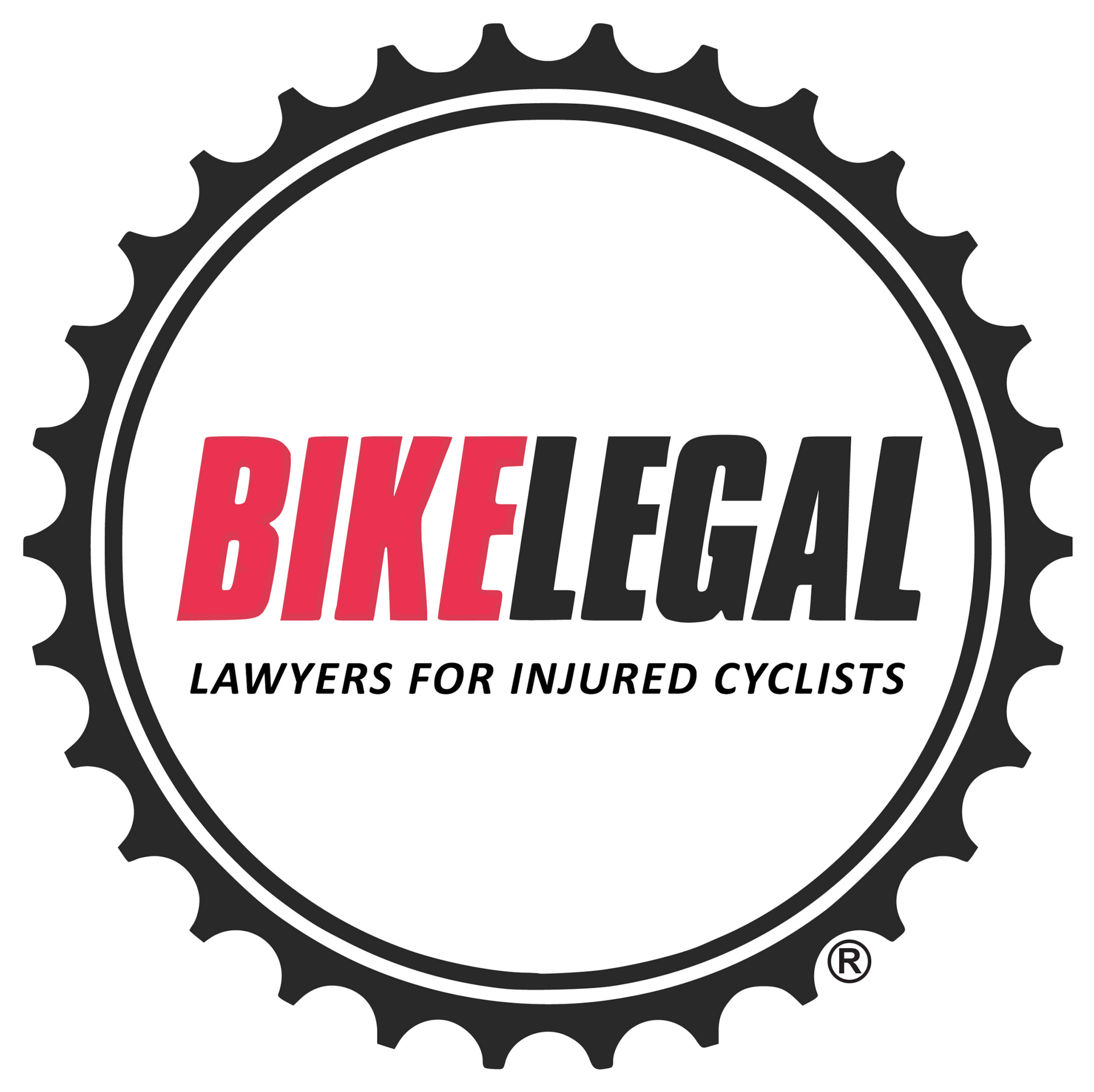
FAQ'S
1. Do bicycles have to stop at red lights in Idaho?
Yes, bicycles must stop at red lights in Idaho, but under the Idaho Stop Law (§ 49-720), cyclists have additional flexibility. After stopping and yielding to other traffic, cyclists may cautiously proceed through the red light or make a right-hand turn. They can also make a left-hand turn onto a one-way street after stopping and ensuring the way is clear.
2. Can you get a DUI on a bicycle in Idaho?
No, Idaho law specifically excludes bicycles from the definition of a motor vehicle, meaning you cannot be charged with a DUI while riding a bicycle. However, cyclists under the influence of drugs or alcohol can be charged with public intoxication if they pose a hazard to themselves or others on public streets, sidewalks, or highways.
FAQ: Can I ride my bicycle on sidewalks in Boise?
Yes, you can ride your bicycle on sidewalks in Boise, but there are important rules to follow. According to Idaho law (§ 49-721), cyclists must yield the right-of-way to pedestrians and give an audible signal, such as a bell or verbal warning, before overtaking them. However, local ordinances in Boise may restrict sidewalk riding in certain downtown areas or zones with heavy pedestrian traffic. Always check for posted signage to ensure compliance with local regulations.
